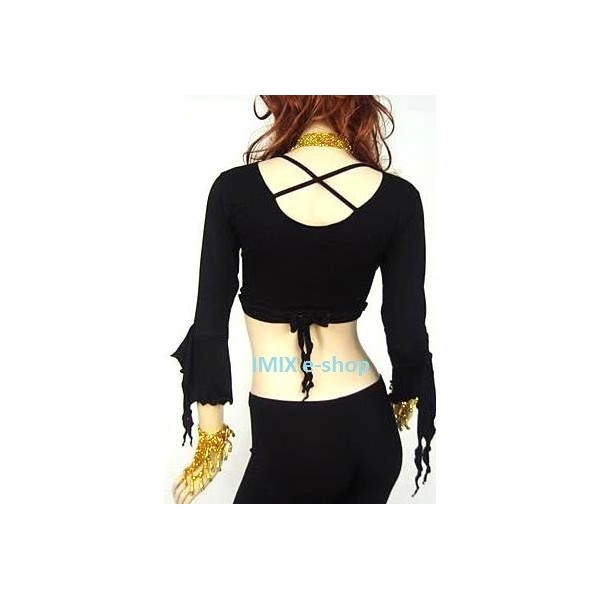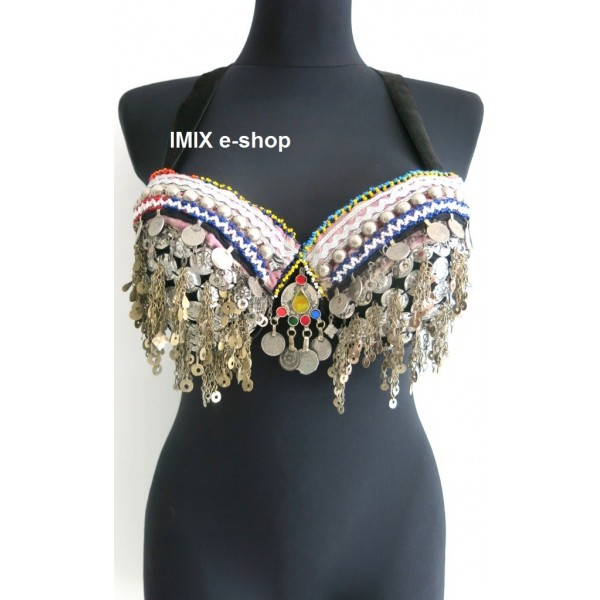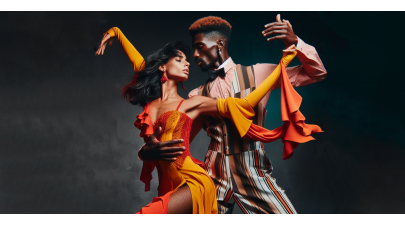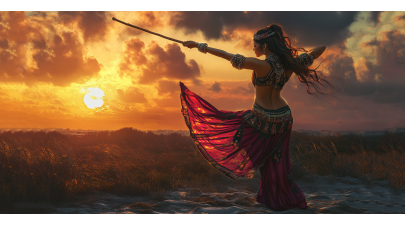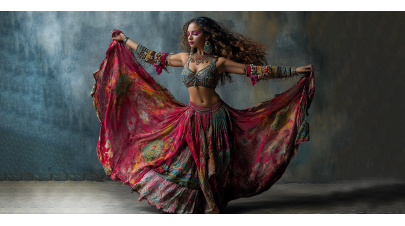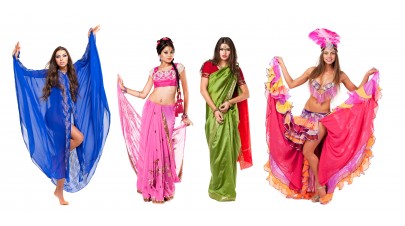History of Tribal Dance
The beginnings of the Tribal oriental dance style
The beginnings of the Tribal style of belly dancing are attributed to Mrs. Jamile Salimpour, "Grandma of Tribal Dance."
Jamila began teaching belly dance styles in 1949.
Her curriculum was based on careful research of dances in the Middle East from an early age.
Her teaching and style of belly dancing in the 60's is the basis of contemporary belly dance. In 1968, on the occasion of the Renaissance Pleasure Fair in Berkeley / USA, Jamila coincidentally founded her dance group Bal Anat (now the oldest American tribal group).
She created a circus-inspired variety show, where she presented, among other things, Algerian water glass dance, snake and sword dance, Tunisian pot dance and more. In many ways, Bal Anat is the first representation of style in the history of belly dancing in tribal style.
Another important face of Tribal dances was JIll Parker, who became the founder of the Tribal Fusion Ultra Gypsy group. She expanded the name to include the preposition ATS and added new moves that resulted in the style we know today as Tribal Fusion. The Tribal Fusion concept allowed for a more individualized interpretation of belly dancing. Depending on their personal dance environment, dancers began to combine elements of belly dancing with Western dance styles such as Flamenco, Contemporary Dance, Hip Hop and many more. Tribal Fusion Bellydance are examples of internationally renowned professionals such as Rachel Brice, Mardi Love, Zoe Jakes, The Lady Fred and Samantha Emanuel. New designs of the style are constantly evolving, Gothic Fusion (Ariellah), Burlesque Fusion and Urban Fusion (Heather Stants). These styles also represent a different aesthetic than the traditional, original tribal style. They tend to be more minimalist and modern in nature, unlike heavy ethnic jewelry, many layers of round skirts and headbands, which were symbols for the classic Tribal style.
By combining modern dance with elements of Tribal and the constant interplay of tension and relaxation of the body, it balances the earthy nature of belly dancing and provides a contrast between female (yin) and male (yang).
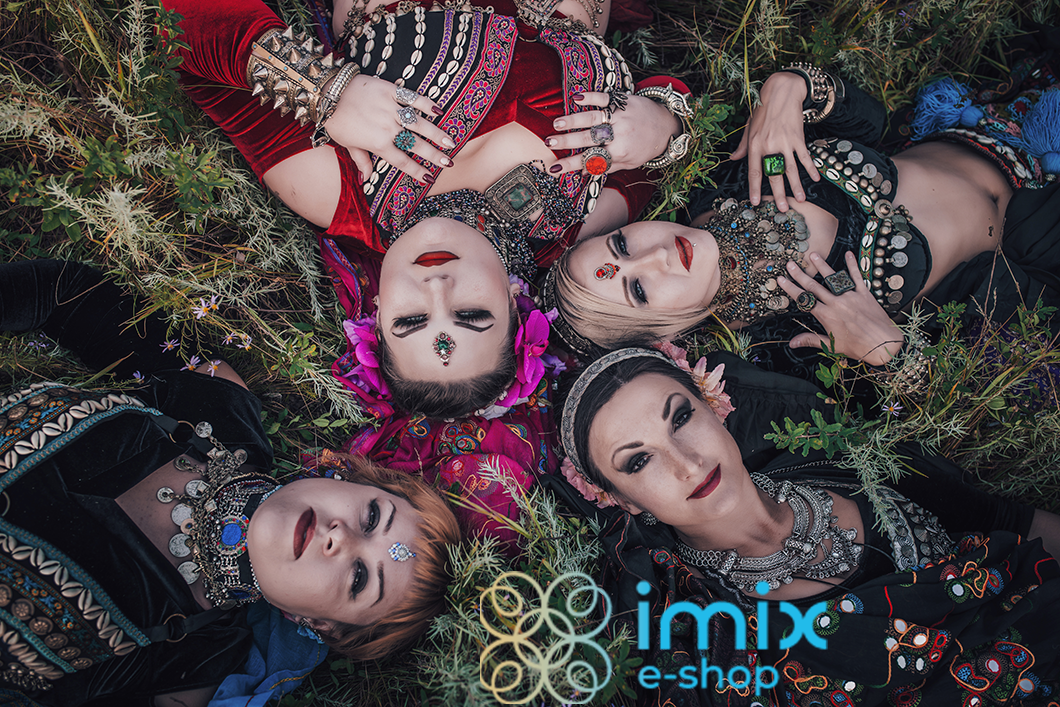
Tribal clothing
Previously, only one style of Tribal costume was considered a unique representation of that style. Over time, the tribal style developed and was further influenced by the choice of music, and the special performance of various dancers also developed costumes and accessories for the Tribal. Tribal dancers now also wear Flamenco skirts, some choosing feathers, seashells and lace for their costumes. The costumes are often very elaborate layers of fabrics, antique Tribal jewelry from different cultures, especially the nomadic tribes of Pakistan and Afghanistan. Hair and body ornaments such as tattoos and piercings are also indispensable.
Modern contemporary Tribal Fusion style is often limited to elegant minimalist costume style.
Earthy colors are most commonly used for this style of dance, with black, dark burgundy, brown and dark green predominating.
Recommended music by the most famous Tribal representatives:
Beats Antique: https://www.youtube.com/watch?v=X8mZge8qfPAandlist=PL94839FBA847C6317
Amon Tobin: https://www.youtube.com/watch?v=4GFw7N2BjEc
Article created by: www.imix-shop.cz
Text copying is only possible if you leave all links to the IMIX e-shop pages.
Photos are licensed and cannot be copied.











